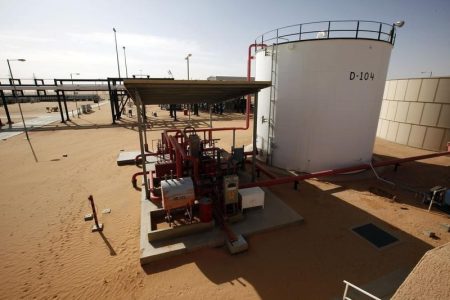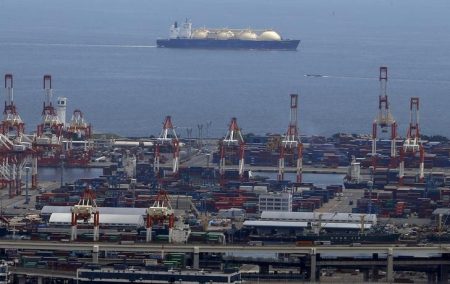Investing.com — Crude oil prices rose strongly Friday, set to close a volatile week on a positive note on signs of supply tightening and optimism over Chinese economic stimulus.
By 09:50 ET (13.50 GMT), the futures traded 0.6% higher at $76.11 a barrel, while the contract climbed 0.6% to $80.09.
Additional Chinese stimulus
The crude market looks set to end a week of ups and downs on a positive note, with both benchmark contracts on course to record gains of over 1%.
Helping the tone was the decision of China’s top economic planner, the National Development and Reform Commission, to unveil new measures aimed at supporting spending on automobiles and consumer electronics.
While these additional measures to try and boost the second largest economy in the world, as it struggles to recover from its COVID hit, lack significant detail, they do indicate the desire of Beijing to boost the economy. Thus more stimulus is likely.
Tightening supply to boost prices
Also helping the tone is the theory that oil markets will tighten significantly in the second half of the year, boosting prices.
Two major producers, Saudi Arabia and Russia have already announced additional production cuts, starting in August.
“The supply deficit that had been looming in the second half of the year is now backed up by hard figures,” said analysts at Commerzbank, in a note, citing recent data indicating China and India’s imports of crude oil from Russia had hit an all-time high in June.
U.S. Inventories fell less than expected last week, according to data from the , but the data also included a jump in crude exports as customers sought out crude from all sources.
U.S. growth forecast upgraded
On the demand side, Morgan Stanley lifted its forecast of U.S. real growth to 1.3% in 2023, from an earlier forecast of up 0.6%, citing a strong industrial sector and more public investment in infrastructure.
The Federal Reserve’s widely-expected hike at its upcoming policy meeting next week is likely to be “the last” of its long-running tightening cycle, according to analysts at Goldman Sachs.
This means the U.S. economy, the largest in the world and major energy consumer, is less likely to fall into recession in the second half of the year.
Read the full article here















